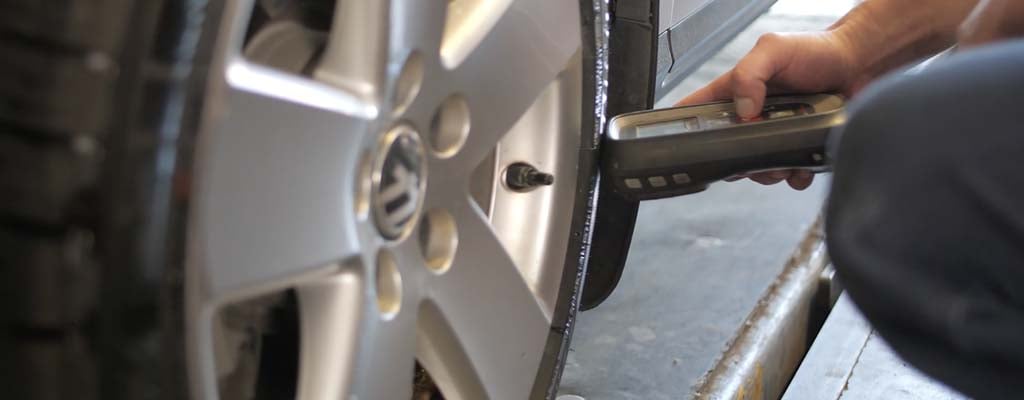Resetting the Tire Pressure Light on Your Car
Chances are, you’ve seen your tire pressure light come on if your vehicle has a TPMS (Tire Pressure Monitoring System). The indicator tells you when to inflate your tires or it could be alerting you to a system fault with a light on the dash. Turning that indicator off could be as easy as adjusting the air pressure in your tires, or a bit more complex. Here are some ways to reset that light and how TPMS works.
How to Reset Your Tire Pressure Light When It Comes On
First, you’ll want to check your tire pressure. Don’t forget to check each tire, even your spare. As long as your tires are properly inflated within the specified range for your vehicle, it should reset your tire pressure light.
If the light remains on after adjusting the tire to the proper PSI, you may need to repair your tire, have your TPMS inspected, or try one of the following:
- Go for a 10-minute drive. Get up to 50 MPH, if possible.
- Your vehicle may be equipped with a TPMS reset button or reset procedure in your vehicle control center. Refer to your owner’s manual or consult a professional (highly recommended).
Important note: Resetting the TPMS with a button or your vehicle control center can cause adverse affects if the pressure isn’t set to vehicle specifications.
If those options don’t work, the pros at Les Schwab know the reset procedures to get the job done. We have tools to scan each sensor and program them to your vehicle’s computer system. When your tires are properly inflated or repaired, the indicator light should turn off the next time you start your car or truck, or a few miles down the road.
Why Your Vehicle Has TPMS
TPMS was mandated to help warn drivers of low tire pressure, which can lead to poor fuel economy, sluggish vehicle handling, premature tire wear, increased stopping distances, or even tire failure. Congress passed the TREAD Act in 2000 requiring all vehicles weighing less than 10,000 pounds have tire pressure sensors. Since 2005, most new vehicles have included the system. If you see the TPMS sensor illuminate briefly when you start your car or truck, then you have the system in your vehicle.
While some TPMS use wheel speed sensors linked to your vehicle’s ABS (anti-lock braking system), a majority use small sensors mounted on the inside of each wheel (sometimes including the spare tire). These battery-operated sensors monitor the pressure in the tire and alert you when a tire’s pressure is 25% outside the manufacturer’s recommendation. If you see the tire pressure light on your dash, get to Les Schwab, where we can check the PSI, properly inflate each tire, and check for any other tire or TPMS issues.
What is the Difference Between a TPMS Light and a Tire Pressure Light?
The tire pressure light is just one part of the TPMS system. It is an indicator on your dash that lights up when your tire pressure is low. The TPMS light, available in some vehicles, may light up indicating an issue with the system.
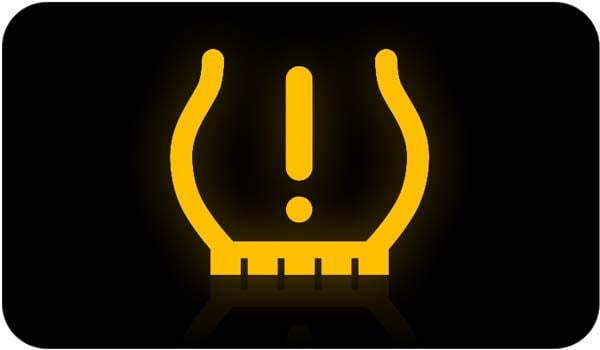
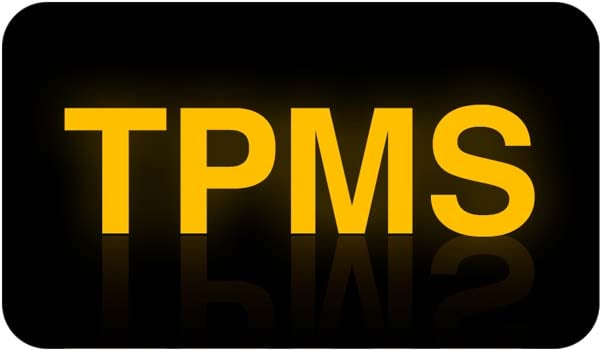
Can Cold Weather Cause Your Tire Pressure Light to Go On?
Every winter and summer, TPMS sensors in vehicles throughout the West come to life, telling drivers to check their air pressure. This is normal. Especially in cold weather. When the outside temperatures drop, so does your tire pressure. In the summer, the heat can increase the pressure in your tires.
By regularly checking the pressure in your tires every 30 days, you can avoid these issues. If the light illuminates on an unusually cold morning, don’t worry. It could just be the cold causing the light to come on. To be safe, get the tire pressure checked to avoid any issues. If there has not been a significant change in the weather and your tire pressure light appears, it could mean an air leak or faulty battery in one of your sensors. No matter what causes your TPMS light to turn on, come into any Les Schwab to have it checked out.
What Does It Mean If the TPMS Light Is Flashing or Illuminates
There can be many causes for a flashing TPMS light, but the most common reason could be that your system needs to be reset. Or, there could be other issues with a sensor, such as a dead battery, or the TPMS unit itself. The pros at Les Schwab can do a quick diagnostic and pinpoint the issue.
Les Schwab is Your Tire Pressure Headquarters
Proper air pressure is one of the most important parts of any tire. Pull into your local Les Schwab and we’ll check your tire pressure, add air when needed, and reset your TPMS light and get you safely back on the road.
What you need to know
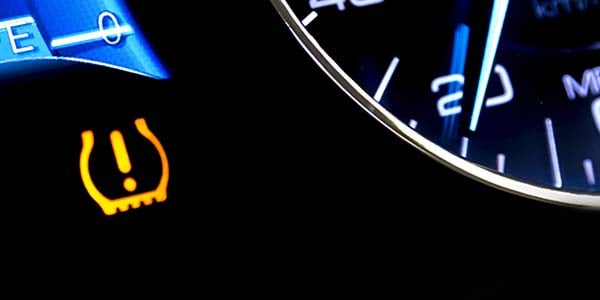
TPMS Light Coming on in Cold Weather? Here’s Why
Your tire pressure light might come on when temperatures drop. Follow these steps to diagnose your tire pressure light and make sure you have enough air in your tires.
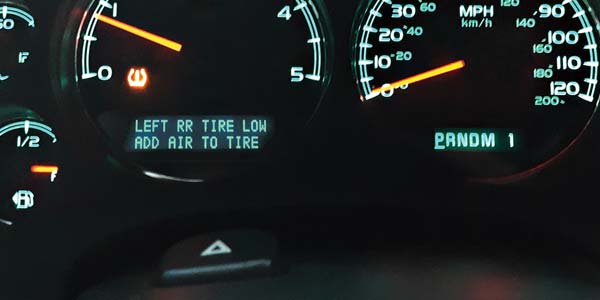
Guide to Tire Pressure Monitoring Systems
A guide to tire pressure monitoring systems, why they’re so useful, and what to do if your TPMS light is on.

Why is My Car Oil Light On?
Let us help you understand what causes your oil light to go on, how to diagnose the issue, and what to do next to keep your car running smoothly!

